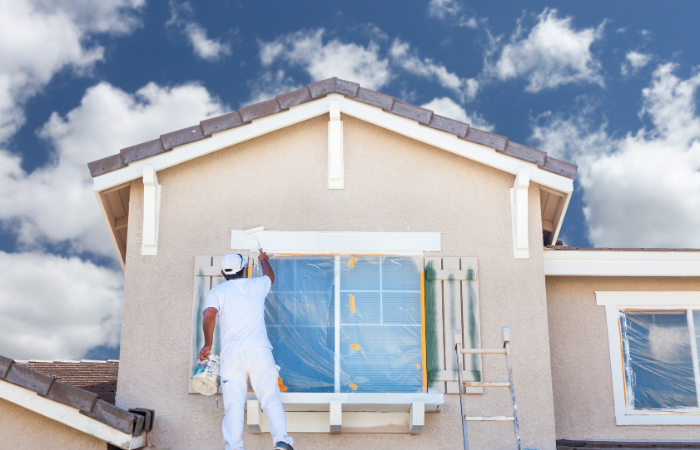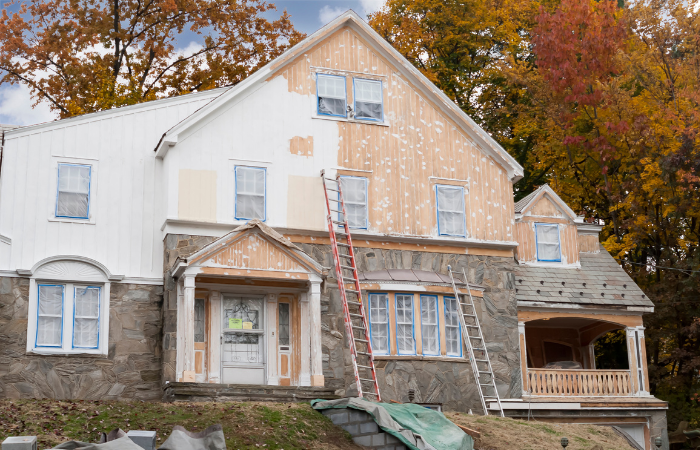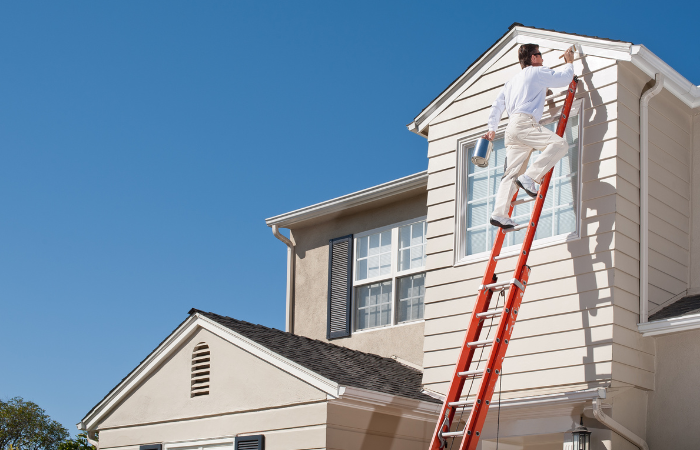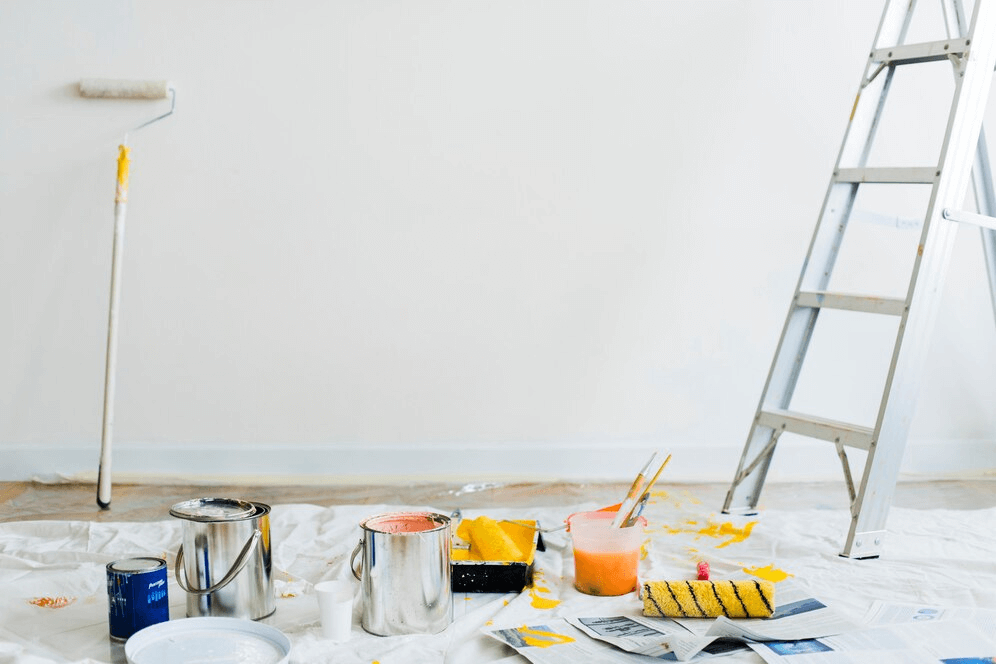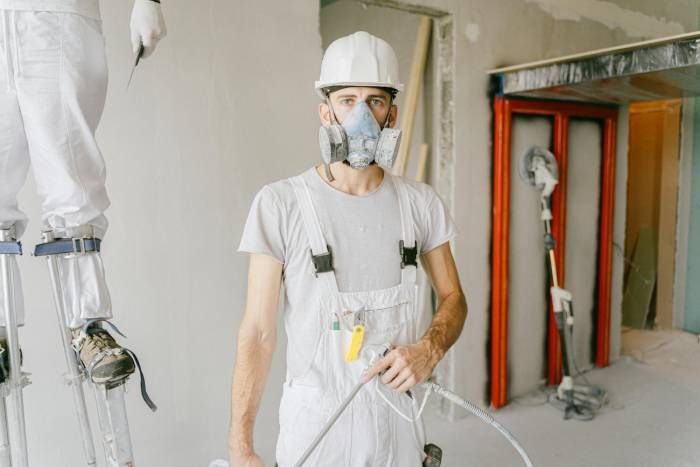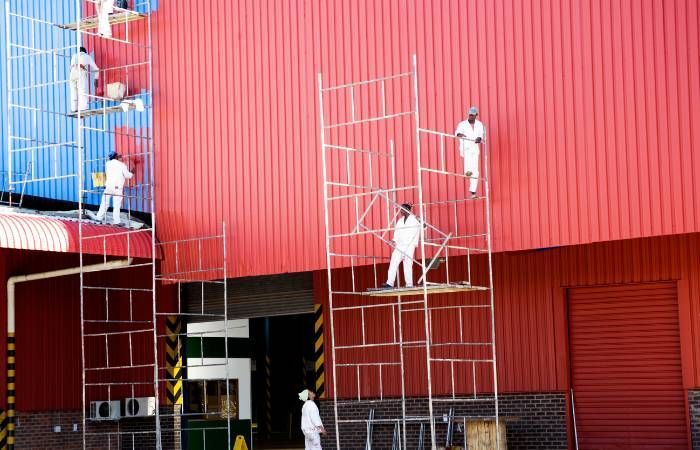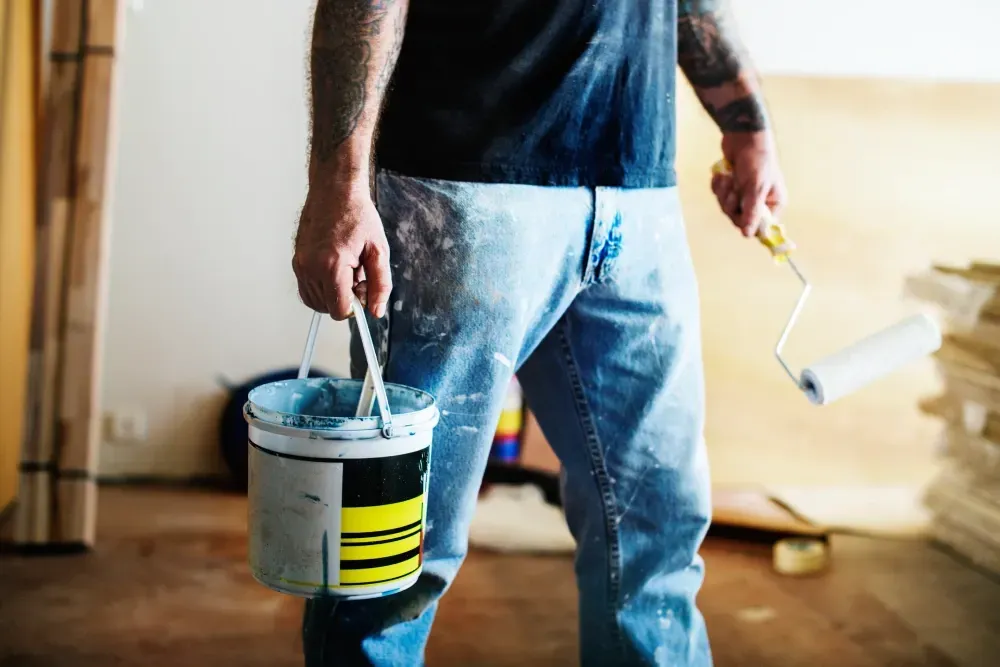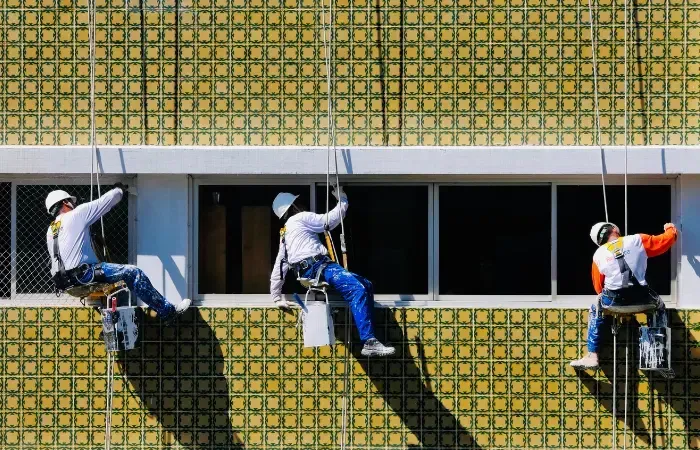Essential Tips for Exterior Painting on Long Island
Exterior painting on Long Island requires a careful consideration due to its unique geographical and climatic conditions. With humid summers and frosty winters, the island's weather can be unpredictable, which makes thorough planning essential. This guide is designed to provide homeowners and business owners with valuable tips and insights to help them navigate their exterior painting on Long Island successfully.
The Importance of Professional Exterior Painting on Long Island
Engaging in a professional exterior painting on Long Island is critical because of the region's unique weather conditions. Professionals not only offer their expertise in selecting paint suitable for the local climate but also their skills in surface preparation and application techniques. Their knowledge ensures that the paint job lasts longer, protecting the investment made in the property.
Additionally, a
professional painter
understands the importance of timing, which enables them to undertake the painting project under optimal weather conditions, thus guaranteeing a smoother, more durable finish.
10 Essential Tips for Exterior Painting on Long Island
Before you embark on your exterior painting project on Long Island, it's crucial to arm yourself with some expert advice to navigate through the unique challenges the local climate presents. Here are ten essential tips to guide you toward achieving a long-lasting exterior paint job:
1. Understand the Local Climate
Grasping the local climate nuances on Long Island is imperative for any exterior painting project. With humid summers that bring in moisture and cold winters that can see temperatures dropping significantly, your choice of paint and preparation techniques must be adaptable to these conditions. Moisture-resistant paints and the proper timing of your project can mitigate these challenges.
2. Select the Right Type of Paint
The longevity of your paint job heavily depends on the type of paint you choose. On Long Island, it’s advisable to use high-quality, weather-resistant paints. Acrylic latex paints are preferred for their flexibility and resistance to the elements. These paints can better handle the expansion and contraction of exterior surfaces that come with the region's temperature fluctuations.
3. Timing Your Project
For optimal painting conditions, aim for late spring or early fall. These periods offer the most favorable weather for painting, avoiding the high humidity of summer and the freezing temperatures of winter. Painting in the right season ensures faster drying times and reduces the risk of moisture-related issues.
4. Proper Surface Preparation
A successful external painting on Long Island begins with thorough surface preparation. Cleaning the surface to remove dirt, mold, or mildew and scraping off any peeling or flaking paint are crucial steps. Repair any surface damages, such as cracks or rot, and make sure the surface is completely dry before applying any paint. Pressure washing is often an effective method for exterior cleaning.
5. Quality Tools and Materials
Investing in high-quality brushes, rollers, and other painting supplies can significantly affect the outcome of your project. These tools can help achieve a more uniform application and finish. Additionally, the right primers and sealers are essential for enhancing paint adhesion and protecting the surface from environmental elements.
6. Apply Primer
For surfaces that are new, have been extensively repaired, or stripped down, applying a quality primer is critical. Primer acts as the base for paint, which ensures a consistent foundation that enhances paint adhesion and longevity. This step is especially vital in regions with challenging weather conditions, such as Long Island.
7. Pay Attention to Details
The difference between a professional-looking job and an amateur one often lies in the attention to detail. Use painter's tape to protect windows, doors, and trim, and apply paint carefully around these areas. Small touches like these contribute significantly to the overall finish and aesthetic of the project.
8. Apply Multiple Coats
For the best outcome, it's usually advised to apply at least two coats of paint. Multiple coats ensure a more uniform color, better coverage, and increased durability. Make sure to follow the paint manufacturer's recommendations for drying time between coats.
9. Regular Maintenance
Consistent upkeep is vital for extending the lifespan of your outdoor painting on Long Island. Inspect the painted surfaces annually for signs of wear or damage. Promptly addressing any issues can prevent more significant problems later on and maintain the appearance and protection of your property.
10. Consult with Local Experts
Given the unique challenges of facade painting on Long Island, consulting with local painting professionals can provide valuable insights. Their expertise enables personalized advice, taking into account the area's specific challenges. Additionally, they can provide valuable brand and color consultation, guiding you towards the best products and techniques for your project.
FAQs
Is commercial painting more expensive than residential?
Yes, commercial painting is generally more expensive than residential painting. This is because commercial spaces are often larger and may require special types of paint and equipment. Also, painting a business can be more complex and might need to be done after hours to avoid disrupting work, which can also add to the cost.
What happens if it rains on fresh exterior paint?
If it rains on fresh exterior paint, the moisture can interfere with the paint's ability to dry and cure properly. Rain can dilute the paint, leading to a thinner, less protective layer, and in some cases, it can cause the paint to run or streak, which thereby creates an uneven finish that would likely require touch-ups or a complete repaint.
How much does exterior painting cost?
The cost of exterior painting can differ widely based on factors such as the size of the house, the type of paint used, the complexity of the job, and geographic location. On average, homeowners can anticipate paying between $1.50 and $4 per square foot.
When should you not do external painting?
Avoid painting outdoors in extreme temperatures, high humidity, or rainy weather. Ideal conditions for exterior painting on Long Island are dry weather with moderate temperatures. Additionally, painting in direct sunlight can cause uneven drying and finish.
Conclusion
Exterior painting on Long Island is an investment in your property's aesthetics and durability. Following these crucial tips ensures a painting project that stands the test of time. If you're looking for professional and reliable exterior painting services on Long Island, J&S Paint Pros has got you covered. We're dedicated to meeting all your painting needs with quality and satisfaction. Ready to get started? Call us today!



